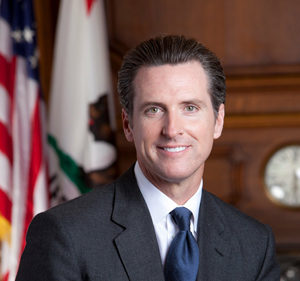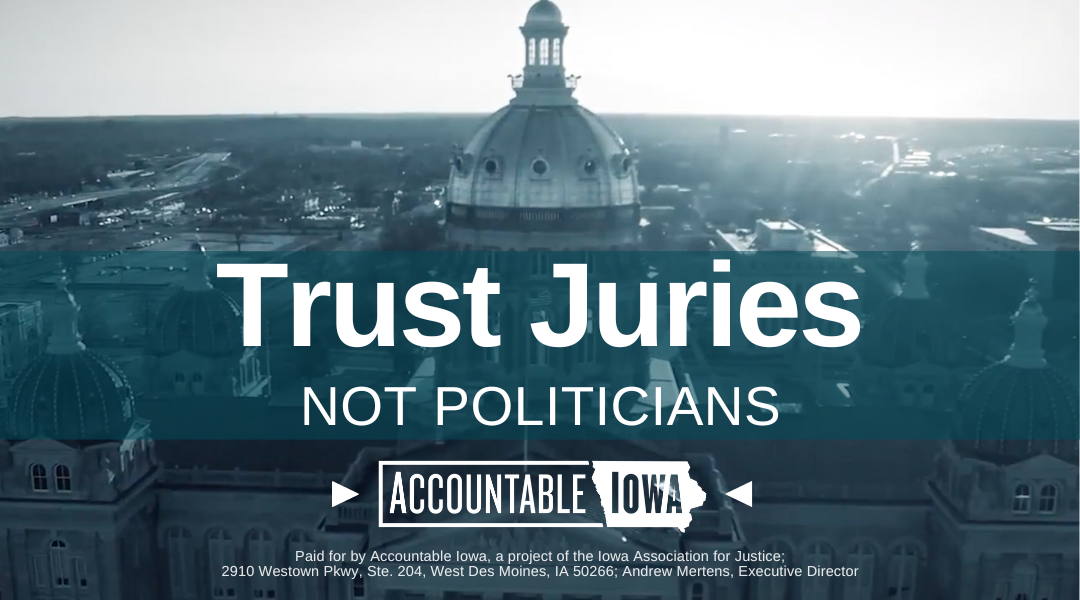A recent editorial by The Wall Street Journal highlighted that several progressive Democrat “Blue” states are confronted with budget problems as a result of overspending and tax increases. States such as New York, New Jersey, and California are experiencing a decline in tax revenue. In New York, “state tax collections in the past two months are running 32.2 percent lower than a year ago,” and the Empire State is projecting a $36.4 billion budget shortfall. A similar situation is occurring in New Jersey where revenue has declined 20 percent. California is also confronted budget deficit estimated to be at least $32 billion. The reason these “Blue” progressive states are experiencing a decline in revenue and budget deficits is the fact that they have followed the failed policy model of spending and tax increases. Governments, at any level, cannot tax and spend their way to prosperity.
New York, New Jersey, and California are not the only progressive “Blue” states that are in economic trouble. Illinois is another state that can be included, and Minnesota recently ended their legislative session with a massive increase in spending. Minnesota started the legislative session with a $18 billion budget surplus, but the end result was not tax relief, but rather expanding government and tax increases. The Minnesota legislature created $10 billion in new taxes and state spending will increase by 33 percent.
The Wall Street Journal editorial offers Florida as a comparison to these “Blue” states. In Florida, “tax revenue is exceeding forecasts.” Further, Florida’s budget, which is $117 billion, is “half as large as New York’s, though it has 2.5 million more people.”
Although Florida garners much attention in the national media for its fiscal conservative policies, Iowa is actually a better example to demonstrate why fiscal conservativism is better than the progressive tax and spend policy. Governor Kim Reynolds and the Republican legislature have made conservative budgeting a priority. Even before the COVID pandemic Iowa’s fiscal foundation was strong.
This session the legislature enacted an $8.5 billion budget for fiscal year 2024 that funds the priorities of government. The $8.5 billion budget spends only 88.25 percent of projected tax collections. Iowa law mandates that the legislature can only spend 99 percent of projected revenue and the legislature has demonstrated fiscal restraint by controlling the growth of spending.
The evidence is clear that prudent budgeting is paying off for Iowans. Iowa’s budget continues to be in surplus. The surplus for fiscal year 2023 is projected to be $1.7 billion and the current estimated surplus for fiscal year 2024 is projected to be $2 billion. In addition, Iowa’s reserve accounts will continue to be funded at their statutory limits with a combined balance of over $961 million. The Taxpayer Relief Fund will also continue to increase. The balance in the Taxpayer Relief Fund for fiscal year 2023 is $2.7 billion and this is estimated to increase to $3.5 billion in fiscal year 2024.
Governor Reynolds and the legislature have also enacted a series of pro-growth tax reforms. Last year, the legislature passed the largest income tax reform measure in state history. Iowa’s progressive income tax will be replaced by a 3.9 percent flat tax by 2026. Tax revenue, even with the income tax cuts going into effect, continues to be strong.
Further, Governor Reynolds proposed, and the legislature passed the first state government consolidation measure in over 40 years. This reform measure will consolidate agencies to increase government efficiency. Currently, Iowa has 37 executive-branch cabinet agencies — more than any of its neighbors, and this new law will reduce the number of executive-level agencies to 16. It is estimated that this proposal would save taxpayers over $214 million over four years.
Critics of Governor Reynolds and the legislature will argue that they have deprived various programs of much needed resources, but this is not the truth. Even with conservative budgeting government spending in Iowa continues to grow and funding for programs such as public education continues to increase. It is only in government that slowing the growth of spending is viewed as a cut.
Iowa is setting the gold standard for fiscal conservatism. The evidence is clear, states cannot tax and spend their way to prosperity.
John Hendrickson is policy director for Iowans for Tax Relief Foundation












